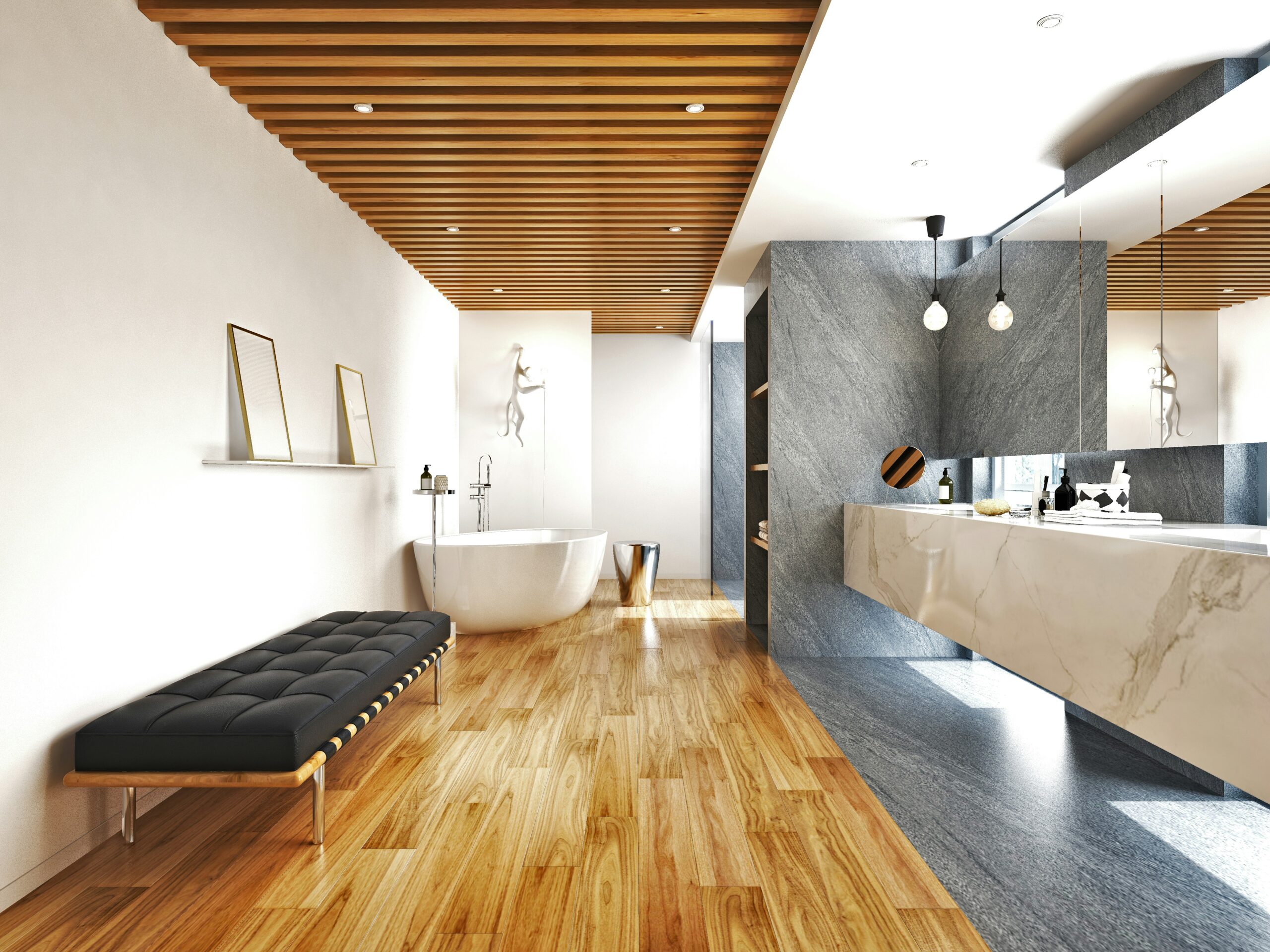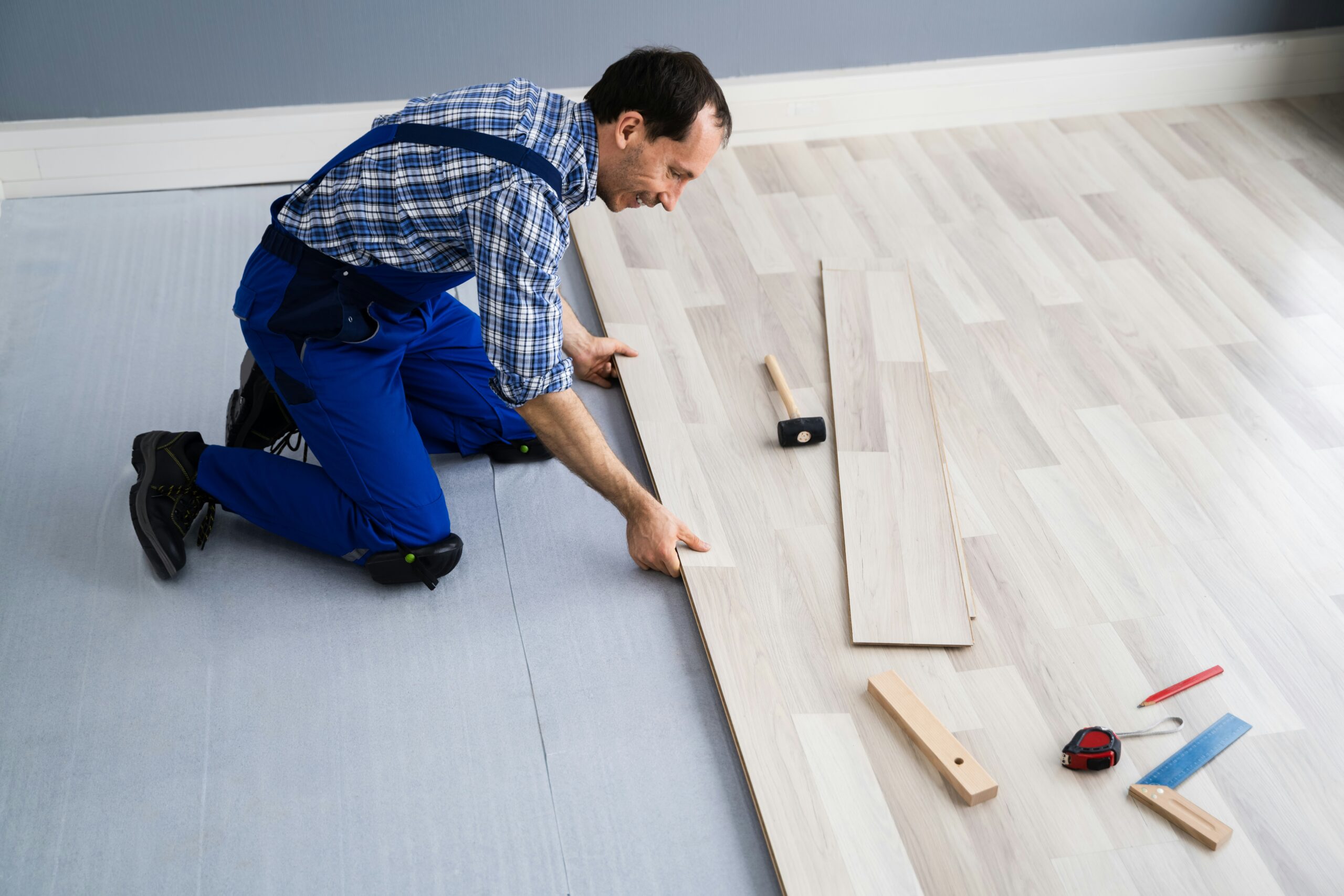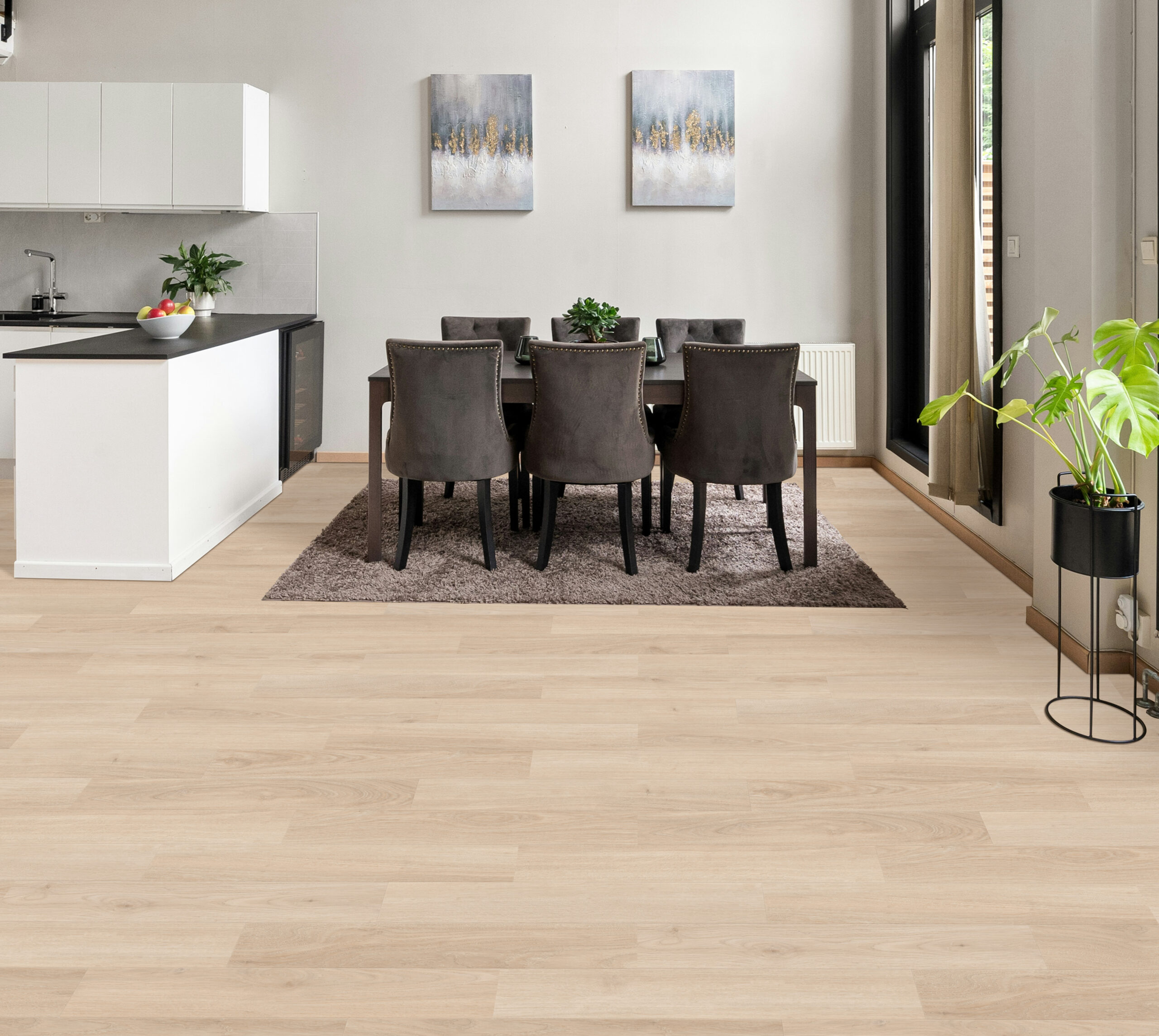Installing new flooring is an exciting home improvement project, but failing to acclimate your flooring materials properly can lead to costly problems down the line. Acclimation is the process of allowing flooring materials to adjust to the temperature and humidity of the installation environment. Without this crucial step, you risk issues such as warping, expansion, contraction, and gaps in your floors. Whether you are installing vinyl flooring in Los Angeles or laminate flooring in El Monte, proper acclimation ensures a seamless, long-lasting
Table of content
Why Acclimation is Crucial for Flooring
Both vinyl and laminate flooring are sensitive to environmental conditions. Flooring materials expand and contract based on the temperature and humidity levels of their surroundings. If the flooring is not given enough time to adapt, it can shift after installation, leading to misaligned planks, gaps, or even buckling.
Acclimation is especially critical for homes and businesses in climates with fluctuating humidity levels. Flooring in Los Angeles may experience varying conditions between seasons, making proper preparation essential for preventing long-term damage.

Understanding Temperature and Humidity Requirements
Before acclimating your flooring, it’s important to understand the ideal conditions for both vinyl and laminate flooring. Most manufacturers recommend maintaining a consistent indoor temperature between 65°F and 85°F and relative humidity levels between 30% and 65%. If the environment is too dry or too humid, flooring materials may not properly settle, leading to complications post-installation.
For best results, use a hygrometer to measure indoor humidity levels before and during the acclimation process. This is particularly important for flooring stores in Los Angeles, where the dry climate may require additional moisture control to maintain flooring integrity.
Step-by-Step Guide to Acclimating Vinyl Flooring
- Prepare the Installation Area Ensure the installation site is climate-controlled and maintains a stable temperature and humidity level for at least 48 hours before bringing in the vinyl flooring.
- Unbox the Flooring Open the boxes of vinyl flooring and spread out the planks in the installation area. This allows each piece to adapt evenly to the environment.
- Stack Planks Properly Avoid leaving vinyl planks tightly stacked. Instead, lay them flat or stand them vertically with small gaps to promote airflow.
- Allow at Least 48 Hours for Acclimation Most vinyl flooring requires at least 48 hours to acclimate, though some brands may recommend up to 72 hours depending on manufacturer guidelines.
- Check for Any Changes in Size or Shape Measure a few planks before and after acclimation to ensure they have stabilized.
For high-quality vinyl flooring in El Monte, visit MMY Flooring.

Step-by-Step Guide to Acclimating Laminate Flooring
- Store Flooring in the Right Conditions Keep laminate flooring in its original packaging and place it in the installation area at least 72 hours before installation.
- Lay the Boxes Flat Unlike vinyl, laminate planks should be kept flat and not leaned against walls to avoid warping.
- Monitor Temperature and Humidity Use a hygrometer to maintain stable humidity levels, ensuring conditions remain within the recommended range.
- Separate and Space Out Planks If possible, slightly open the ends of the boxes to allow air circulation without exposing the planks completely.
- Wait a Full 72 Hours Before Installation Laminate flooring requires at least three days to properly acclimate. Rushing this step can lead to long-term issues such as plank separation or buckling.
Need guidance on installing laminate flooring? Check out this DIY laminate flooring installation guide.
Common Mistakes to Avoid
- Skipping the Acclimation Process: Even if you are eager to install your flooring, skipping acclimation can lead to severe flooring damage in the future.
- Acclimating in the Wrong Environment: Don’t store flooring in garages, basements, or areas with fluctuating temperatures before installation.
- Ignoring Manufacturer Guidelines: Each flooring brand may have different acclimation requirements. Always check the manufacturer’s recommendations.
- Rushing the Process: Some homeowners assume a few hours are enough for acclimation, but most materials need at least 48-72 hours.

How to Test If Your Flooring is Ready for Installation
To ensure your flooring has fully acclimated, conduct the following tests:
- Measure the Planks: Compare the size of several planks before and after acclimation. If the size remains stable, they are ready for installation.
- Check for Warping or Curvature: Lay planks on a flat surface to ensure they are not bending or curling at the edges.
- Verify Moisture Levels: Use a moisture meter to check if the flooring’s moisture content matches the room’s humidity levels.
If your flooring passes these tests, you can proceed with installation confidently.
Need guidance on installing laminate flooring? Check out this DIY vinyl flooring installation guide.
Conclusion
Proper acclimation is a vital step in ensuring a long-lasting and beautiful flooring installation. Whether you’re working with vinyl flooring in Los Angeles or laminate flooring in El Monte, taking the time to acclimate your materials properly will help you avoid future issues like warping, buckling, and gaps.
For top-quality flooring materials and expert advice, visit MMY Flooring today!

